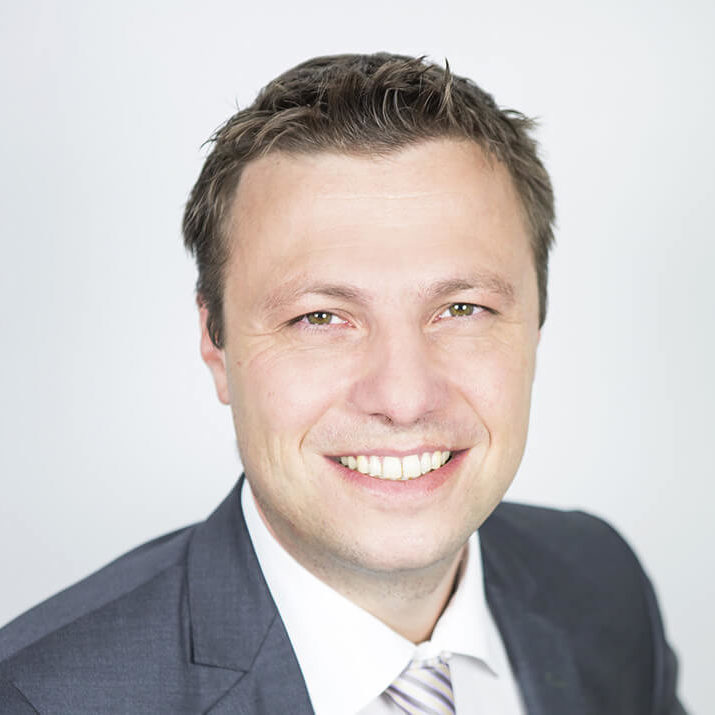The emergence of a local ecosystem is a key factor in the success of territorial innovation strategies
These interactions foster the creation of common resources, skills or strategies that can ultimately provide a sustainable competitive advantage. This is why, in an intelligent territory strategy, it is important to develop and support ecosystems that can support future projects.
As such, Tactis has expertise in community animation and ecosystem emergence.
Our support takes the form of the commitment of our resources and skills to manage the following tasks:
- Diagnosis of the local ecosystem and appropriation of the challenges of the territory
- Creation and animation of communities around digital and innovation
- Creation and management of public funds for innovation or experimentation
- Pre-configuration and creation of Living Lab
- Research and mobilization of financing for the economic revitalization of the territory
Third places make it possible to structure innovative communities at the service of the territory
Third places are hybrid places, both shared and collaborative work spaces and living spaces on the borderline between cultural, professional and private life. Their emergence is initially linked to the emergence of new production methods (teleworking, coworking, digital tools, cooperatives, fablab) that make it easy to work remotely, undertake, produce or even start a business. Over the years, the idea of activities halfway between the professional and private worlds has been added: training, organisation of events, evenings, cultural activities.
To function and generate positive externalities, these third places must nevertheless be part of a well-defined territorial project and be based on the local ecosystem. Indeed, beyond the simple sharing of space, the third place represents a real lever to revitalize a territory and federate an ecosystem: create and animate networks, bring local entrepreneurs to the fore, bring inhabitants together around collective projects (shared gardens, local consumption circuits, environmental awareness), train and integrate the most vulnerable populations, conserve human resources on the territory by offering users a local service solution.
These third places therefore have a very particular meaning for spatial planning:
- To develop a local dynamic around innovation
- (Re)create social cohesion;
- Involve citizens and foster the emergence of local cooperation;
- Promote digital mediation and the integration of populations in difficulty;
- Revitalize the local economic fabric.
The profile of Third Places by territory
Today, a large proportion of third places in rural or sparsely populated areas are small structures, often formed on the basis of a core of a few entrepreneurs or self-employed workers (group of friends, associations of entrepreneurs...).
While in large urban centres, where demand is very high, these third places can reach critical sizes, attract large numbers of people and become profitable.
In rural areas, the economic models of these structures are more complex. Indeed, if these structures are supported by individuals, the achievement of financial equilibrium is rare, at least not in the first years, which makes it difficult to maintain a sustainable supply on the territory. Moreover, these civil society actors do not always have the necessary means to consider diversifying their resources (increasing the competence of facilitators, developing a new service offer, diversifying services, partnerships).
Thus, in order for third places to be able to plan their action in the long term and be sustainable, it is necessary that they:
- Are part of pre-existing ecosystems, in connection with networks of citizens and/or local actors so that they can fully appropriate and understand the issues of the territory they aim to cover;
- To animate a community in order to promote cooperation between users and thus make the third place as well as possible known;
- Remain flexible in the services offered and develop their range of services in a "bottom-up" approach, so that users can offer activities and/or complementary services within third places according to their interests;
- Have a clear legal framework and governance adapted to their objectives and needs;
- Are based on a viable economic model to ensure their autonomy.
Tactis' expertise to support you in the creation of third places
Tactis has a solid expertise in supporting local authorities in the creation of third places. Thanks to a pragmatic approach, based on a rigorous definition of the needs and characteristics of the territory, we develop operational solutions:
- Definition of the positioning of the third-place, in relation to the characteristics of your territory: diagnosis of the local context, awareness, animation and federation of local actors, cartographic modelling, quantitative sociological surveys, definition of a strategy for positioning the third place;
- Definition of the business model of the third location: implementation of business plans, assessment of revenues and optimization of investments, analysis of financial risks, identification of public and private financing, preparation of financing files...
- Setting up the legal structure and defining the governance of the third place: choice of the appropriate legal vehicle, drafting of statutes of structures (associations law of 1901, SCIC, SPL...), definition of the related governance scheme, multi-year scale-up plan.

Nicolas Potier
Contact Nicolas Potier
A question about community animation and the prefiguration of third places ? Need to remove doubts in view of a future project? Send an email to Nicolas Potier, Tactis Associate Director.

